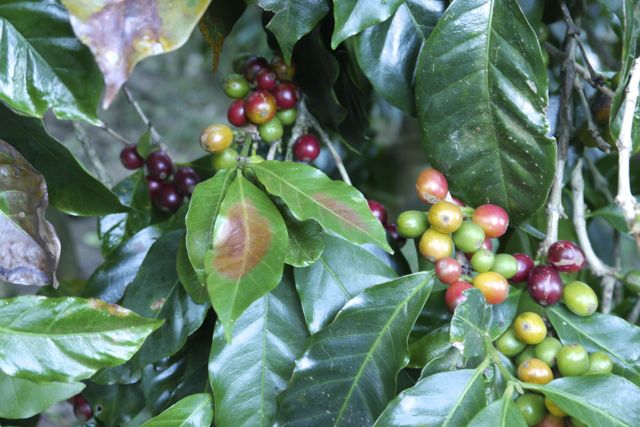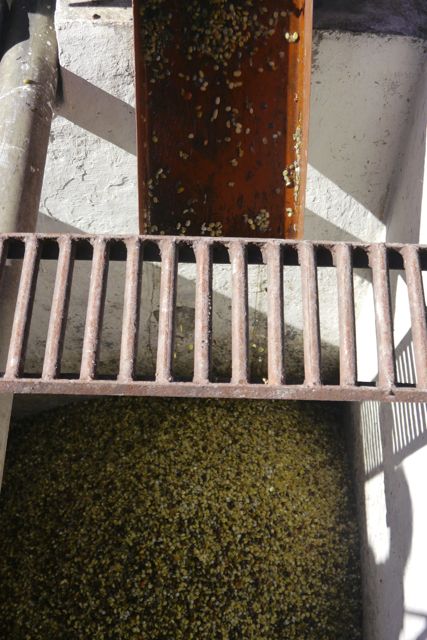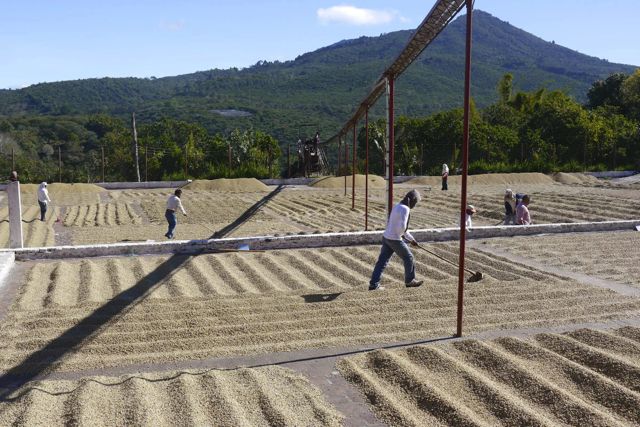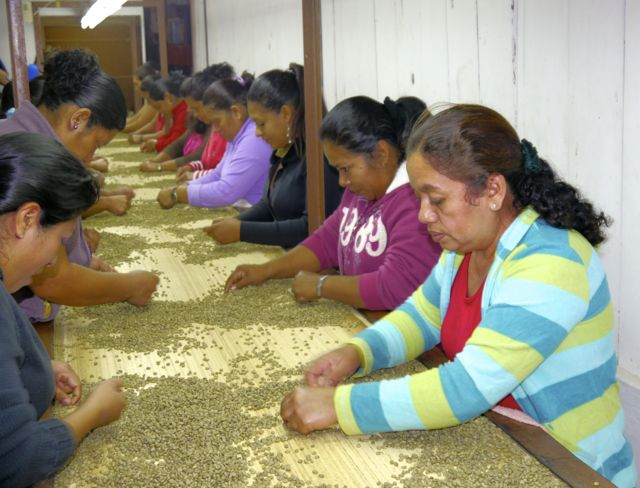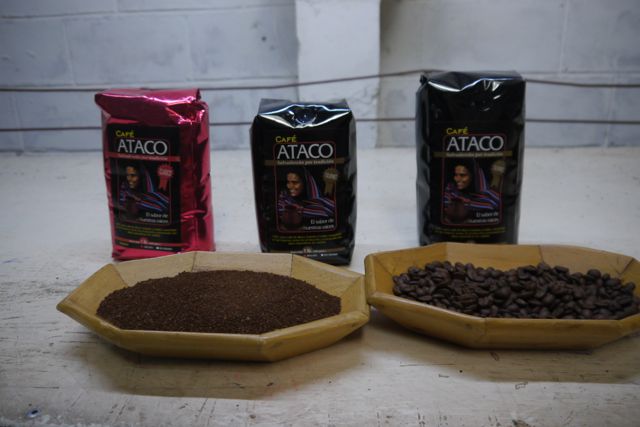When you take that sip of fresh cup of coffee in the morning, do you ever stop to wonder where it came from? Sure, you may have bought a premium bag of Columbian or Sumatra roasts from your neighborhood grocery store or cafe, but do you know how coffee is grown and processed, the labor that is involved, or how it is treated?
I recently visited Cafe Ataco mill in El Salvador and had an eye opening discovery for myself.

As you may know, coffee is a common crop in Central America. In fact, a good deal of the economy is dependent upon it, and many people count on jobs from the coffee industry. The process of making coffee is quite labor intensive. First, ripe cherries (dark red ones) have to be hand picked off the trees and collected. The coffee pickers generally make 4-5 rounds off the same areas during the picking months. They work outdoors all day long and get paid based on the trading price of coffee. When I stopped to ask one of the workers, he said he currently makes $0.90 for every 10 pounds of cherries he picks. That is about a day’s worth of work for under $1 a day. Even in El Salvador, it is pretty hard to feed a family at that income.
The coffee pickers in El Salvador move from farm to farm across the country in search of work. During the winter break, the children are also involved in the picking business. That is not necessarily a bad thing, as it keeps the kids out of the streets when they are not attending school.
The cherries are brought over to the mill in trucks, where they are thoroughly washed and the pulp is separated from the beans.
The beans are then sun dried for couple of days to remove the moisture. Workers constantly rake the seeds back and forth so that each of the beans are exposed to the sun and not left damp. It is a hard job where they have to be pushing through the hills of coffee beans in the hot sun. I tried it for myself and it felt like a work out.
The beans then go through another round of dehydration through the machines. Imperfect beans are then hand sorted by the local women. A conveyor belt delivers the coffee beans in small batches every 60 seconds. The workers have to look for stones, discolored and unshapely beans with their naked eye and collect them in a separate sack. The room is lit with bright tube lights and is very noisy because of the loud machines at the mill. The women probably make very little while working in this stressful environment, but seem to have smiles on their faces.
Then, this guy random samples from the batches of coffee beans that are ready to go. There are strict regulations from the buyers and they only allow for 5 defective beans per pound, so the mills cannot make many mistakes. The quality control specialist follows guidelines from the New York Coffee and Sugar Exchange when looking for impurities.
Finally, the coffee beans are bagged in sacks and left in the warehouse for 60-90 days, before they are shipped off worldwide. The price of the coffee is determined by its quality, size, color and origination. Think of it as the wine industry. A pound of coffee can range anywhere from $2-30 to the wholesaler.
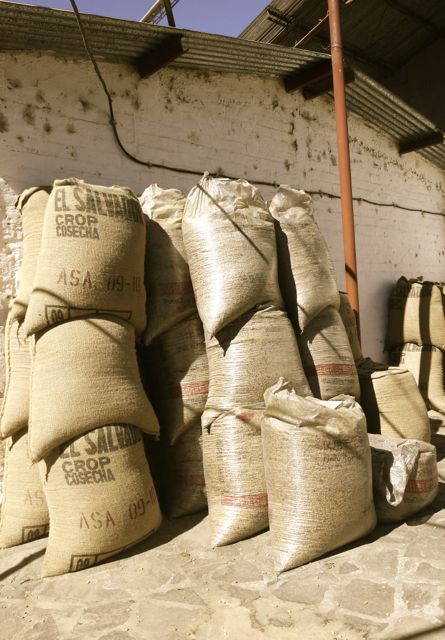
So next time you grab that bag of coffee beans or a brewed cup, think about all the people who were involved in its production; how much time, labor and sweat went into it; and how families across the world are trying to survive with a fraction of the price you paid for your latte.
